What Gives Bugs Bunny His Lasting Power?
From the moment of his first “What’s Up, Doc?” in 1940, the trickster hare has topped the list of great cartoon characters
In 1940, a gangly, gray rabbit hopped out of a hole in the ground, knocked on a bald man’s head and asked “What’s Up, Doc?” to the tune of the crunch of a large carrot.
Though the rabbit had appeared in previous short films, this fateful scene in the Warner Brothers animated short “A Wild Hare,” introduced the version of the rabbit that would become the cultural icon of Bugs Bunny. (Earlier shorts referred to “Happy Rabbit,” and while “A Wild Hare” didn’t use the name Bugs Bunny, it was the first where the character had a specific personality, appearance and catchphrase.) In the short film, Bugs takes great pleasure in eluding the "wabbit" hunting Elmer Fudd.
In the decades since, Bugs has appeared in more than 150 films, earned a star on the Hollywood Walk of Fame, and was the first animated character to get his face on a postage stamp. TV Guide ranked him number one atop a list of the 50 greatest cartoon characters.
The “Looney Tunes” and “Merrie Melodies” films came out of the Warner Brothers animation studios, where a team of artists, directors and voice actors collaborated on the classic cartoons. Unlike Disney’s Mickey Mouse and Donald Duck, who came with their own set of physical characteristics but lacked any hint of personality, Bugs was defined by his wiseacre attitude and witty banter. According to Linda Jones Clough, the business parter and daughter of famed animator Chuck Jones, Bugs rocketed to fame because he was “character driven, rather than gag driven,” Jones Clough says. And while every director put his own spin on Bugs Bunny, they all agreed on one thing: Bugs was never to be mean-spirited.
That quality was critical to his fame. “It was very important that he be provoked,” said Chuck Jones in a 1998 interview, “because otherwise he’d be a bully and we didn’t want that. We wanted him to be a nice person.”
They wanted him to be a nice person, but not a pushover. But for the directors and audiences alike, Bugs was more than just a cartoon character.
“[My father’s] attitude was that Bugs already existed and they were just writing about him,” says Jones Clough. “He would come home in the evening and say to my mother, ‘You won’t believe what Bugs Bunny said today!’ ‘What do you mean?,’ she would say. ‘You wrote it.’ ‘No I discovered under the circumstances that this is what he would say.”
For years after Bugs first uttered his signature question, it seemed as though America couldn’t get enough of the character and his trickster ways. Within four years, films starring Bugs from the “Merrie Melodies” and “Looney Tunes” series were popular enough to be sold to theaters in a separate category called “Bugs Bunny Specials.”
In that same era, Bugs successfully straddled the world of entertainment and politics, sneaking his way into World War II propaganda and advertisements for war bonds. The Marine Corps gave him honorary status as a private after he appeared in a marine uniform exclaiming that a marine was a real superman, in the 1943 film “Super-Rabbit.” But like any public figure, Bugs has engaged in his fair share of controversial activity. War-era films star Bugs as the hero pitted against offensively caricatured Japanese and German soldiers.
Still, Bugs moved past that questionable phase and continues to win the hearts and laughs of the people all over the world.
Perhaps what audiences love the most about Bugs Bunny is not his unique personality, but his ability to stay true to it. From his opera debut in “What’s Opera, Doc?” to his jaunt in live action films, such as Space Jam, Bugs Bunny doesn’t change. Though more recent animated characters from Bart Simpson to Eric Cartman have established themselves through a sliding scale of meanness, Bugs remains the loveable character that only plays tricks on those who deserve it most.
The Smithsonian Institution Traveling Exhibit Service toured, “What’s Up Doc? The Animation of Chuck Jones,” from 2014 to 2017. The show was on view in New York City; Fort Worth, Texas; Seattle, Washington; St. Paul, Minnesota and Huntsville, Alabama.
/https://tf-cmsv2-smithsonianmag-media.s3.amazonaws.com/accounts/headshot/DSC_0154.JPG.jpeg)


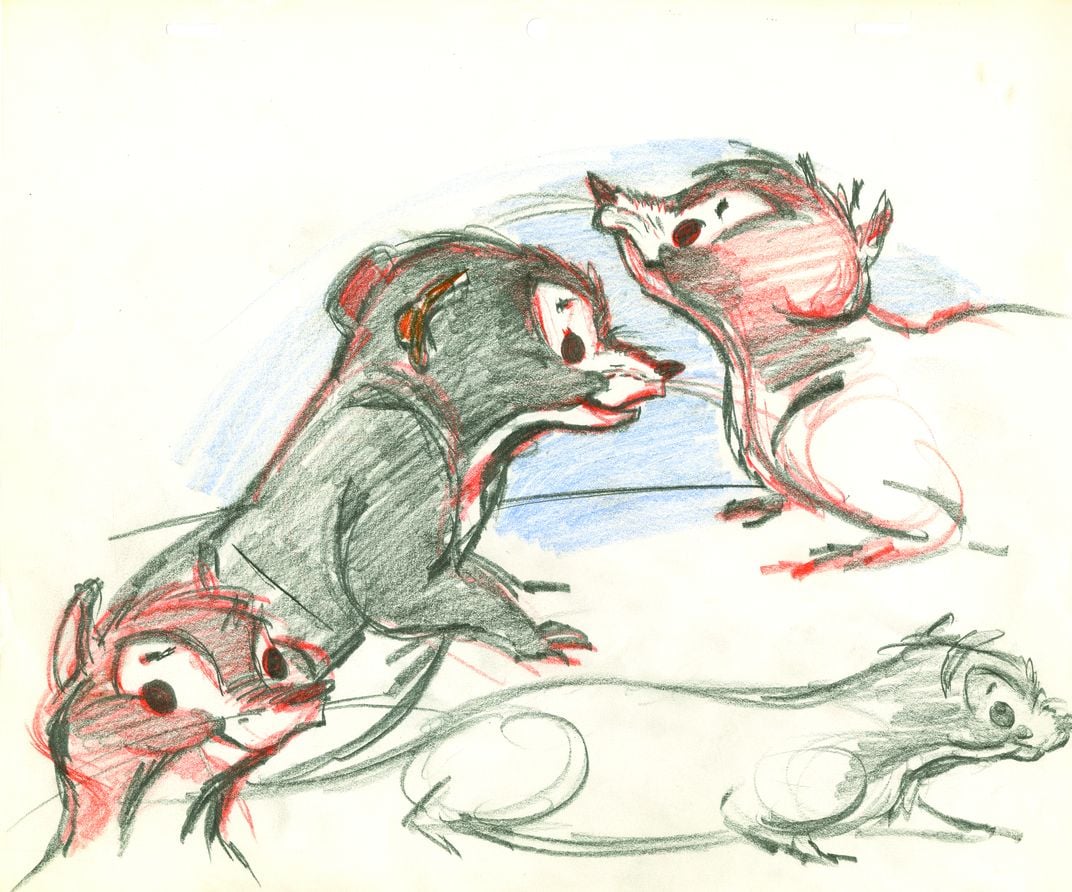
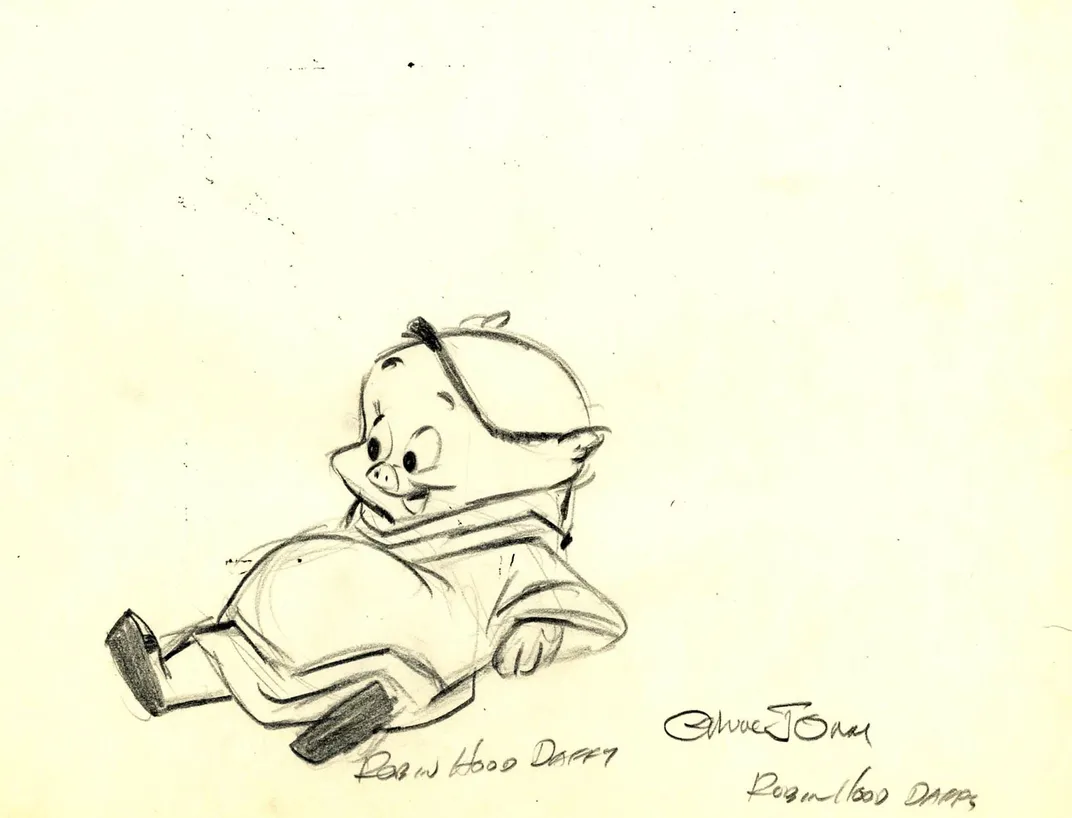



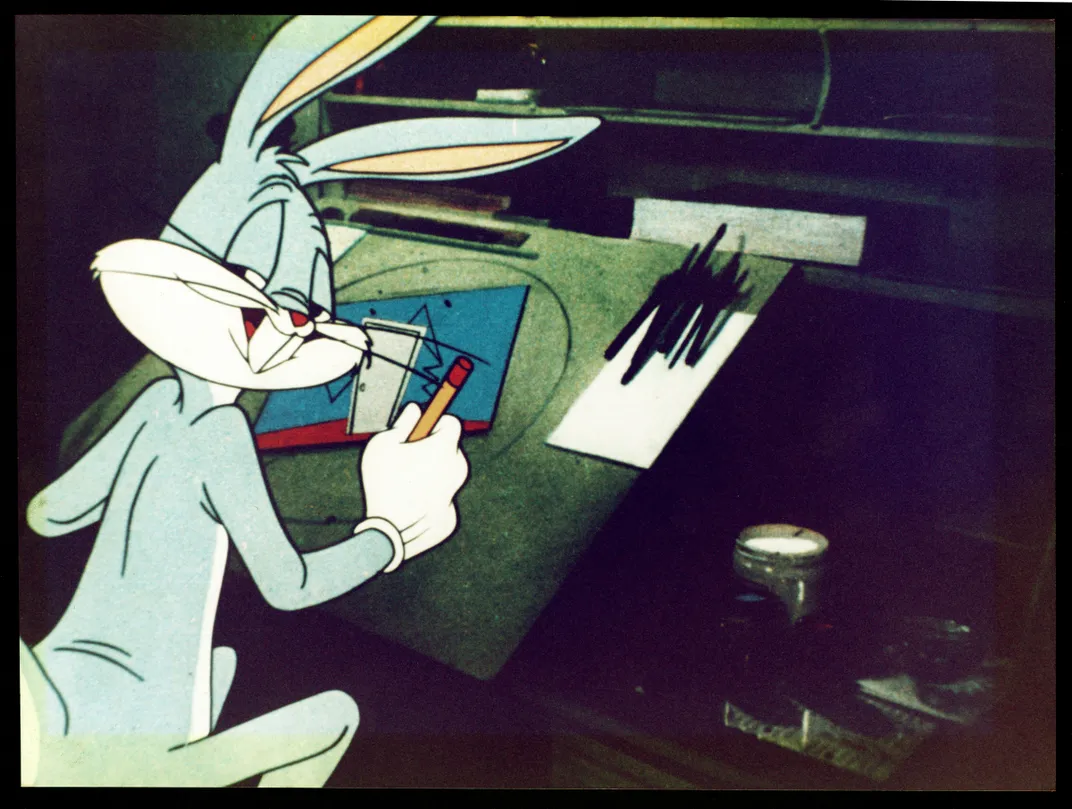
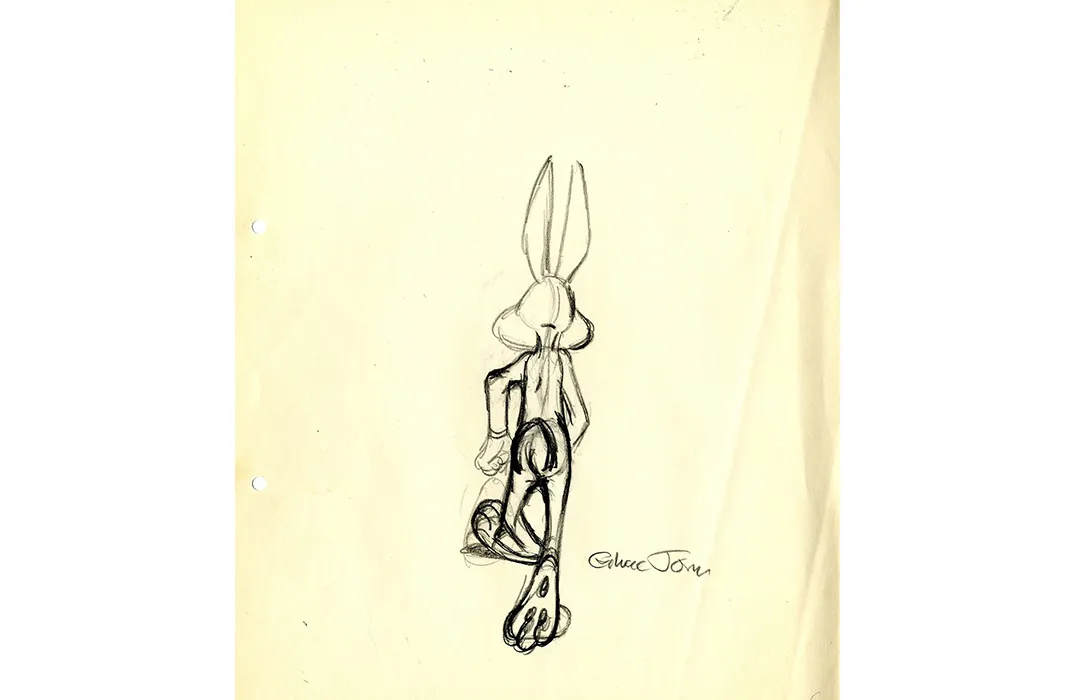
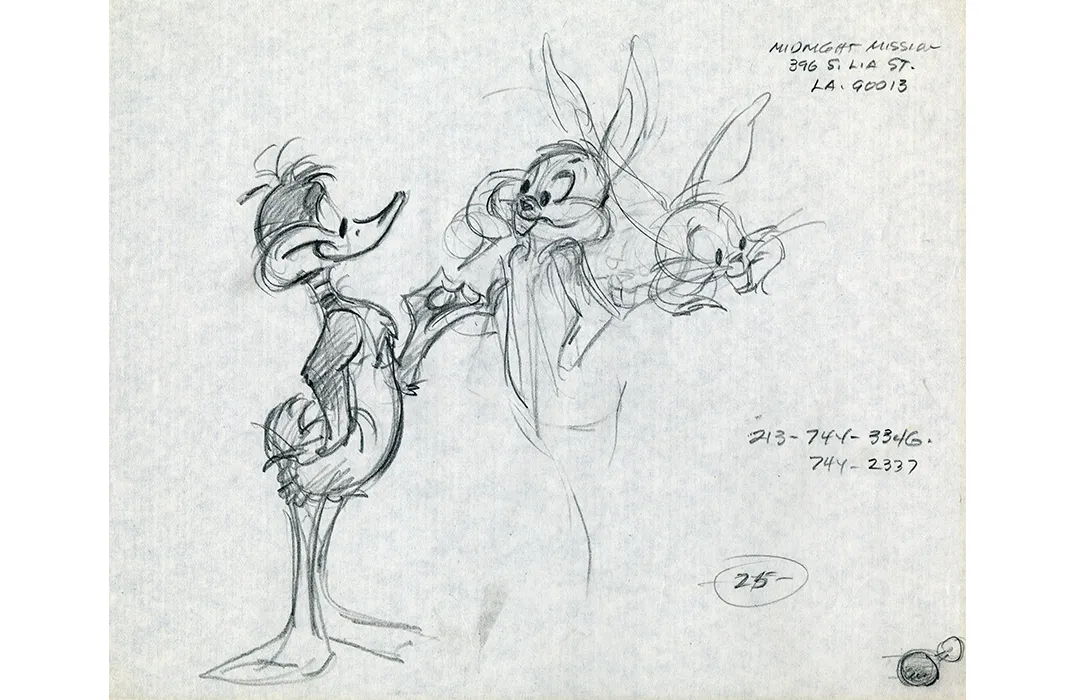
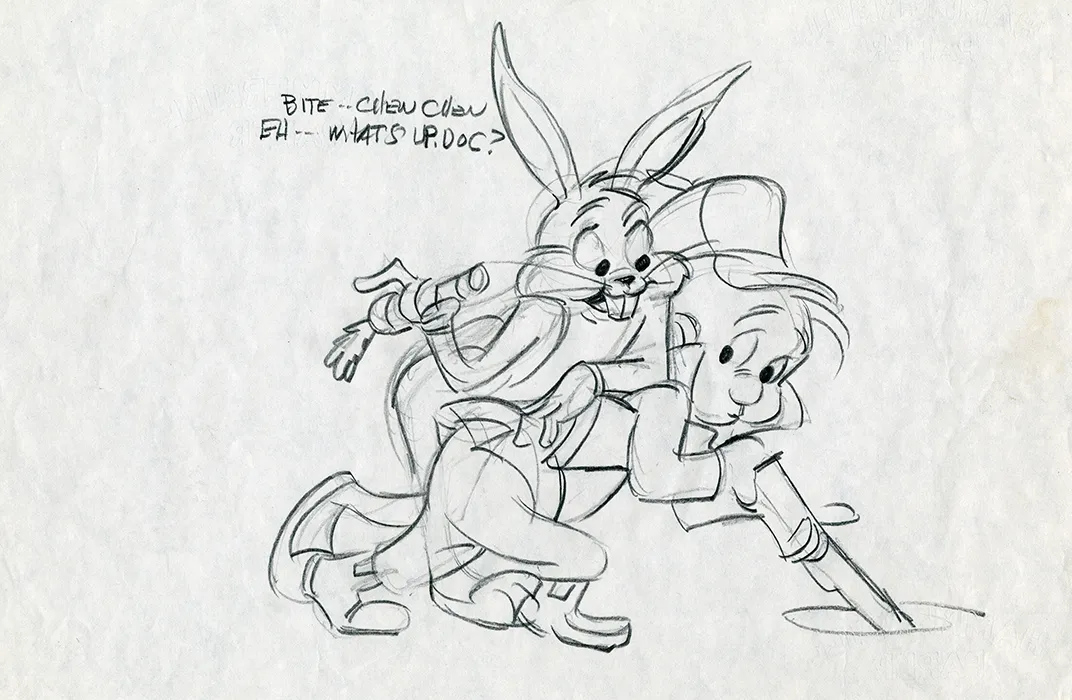
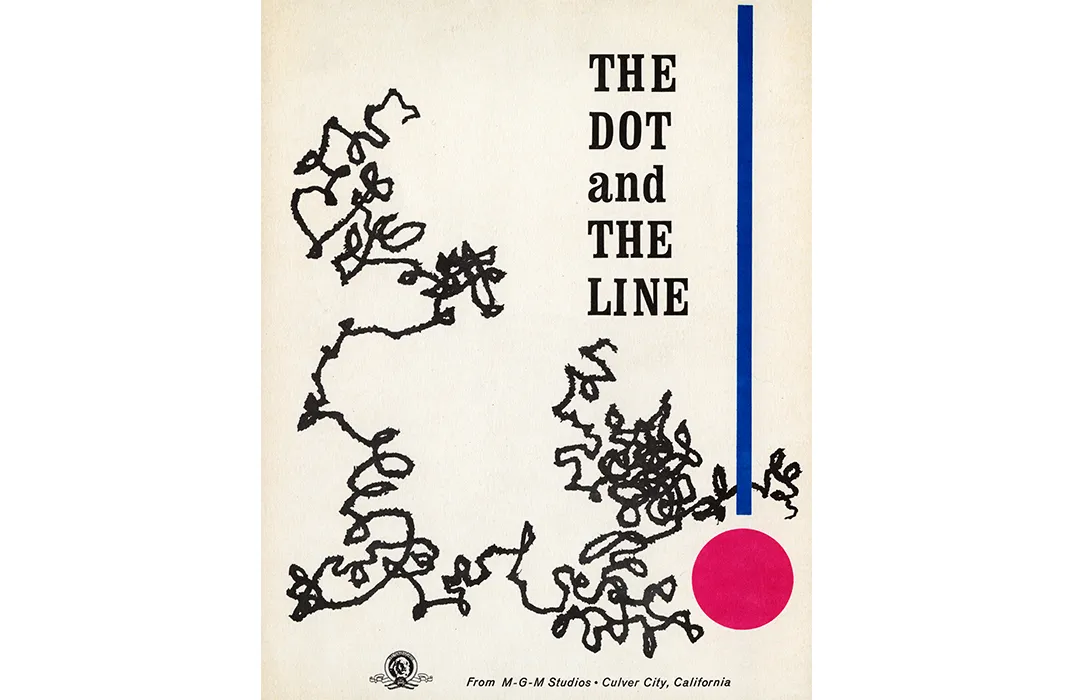
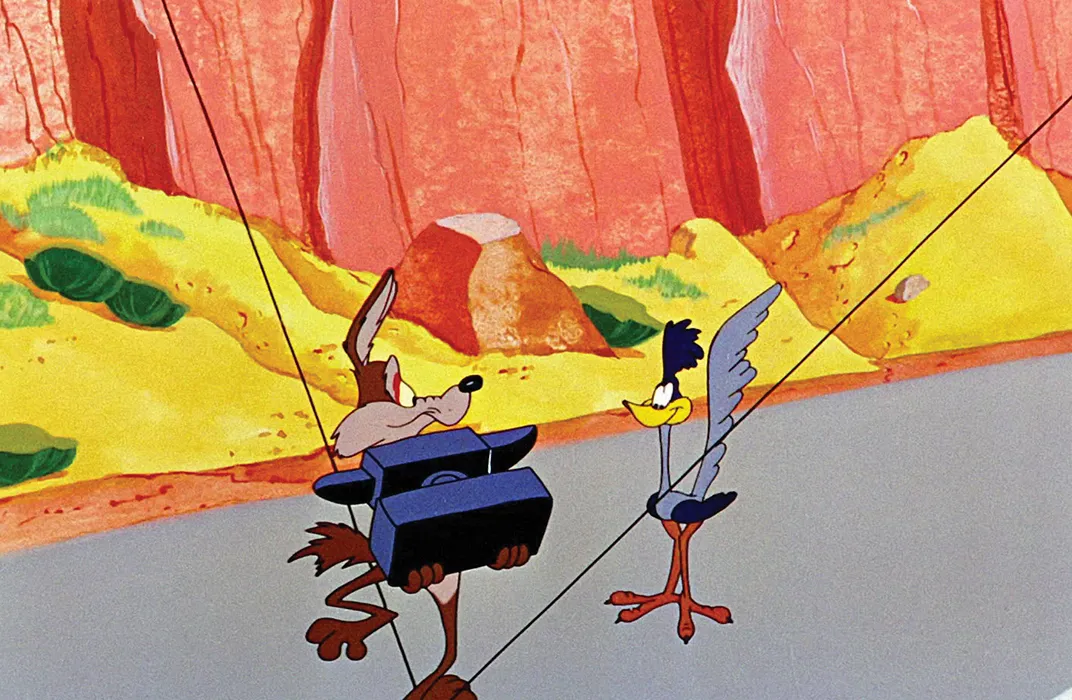
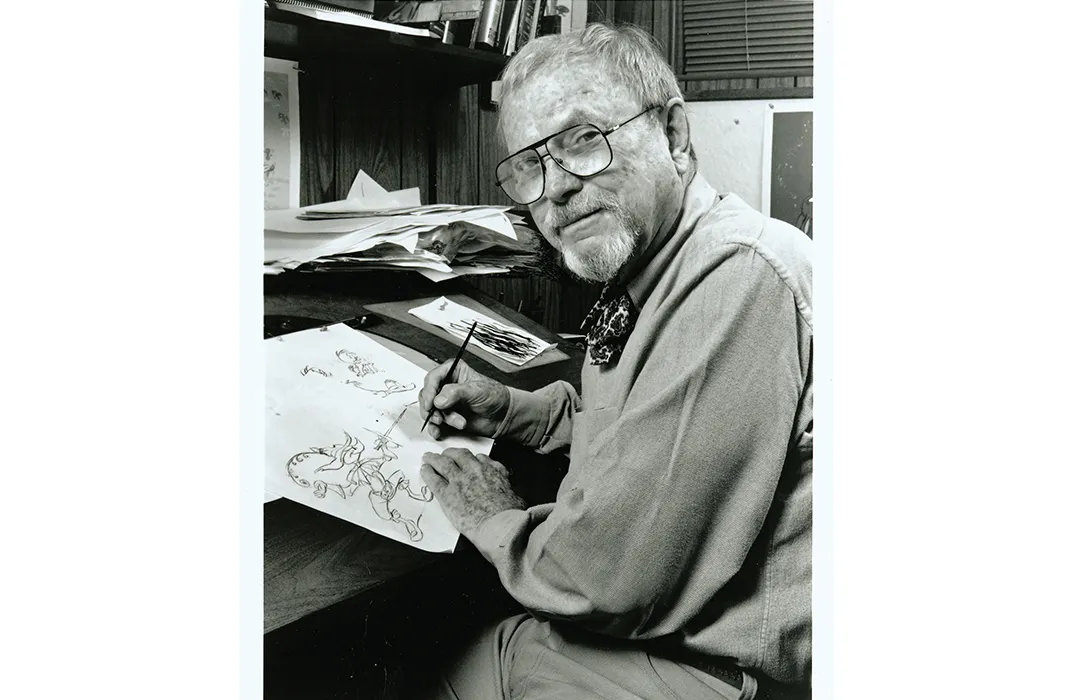
/https://tf-cmsv2-smithsonianmag-media.s3.amazonaws.com/accounts/headshot/DSC_0154.JPG.jpeg)